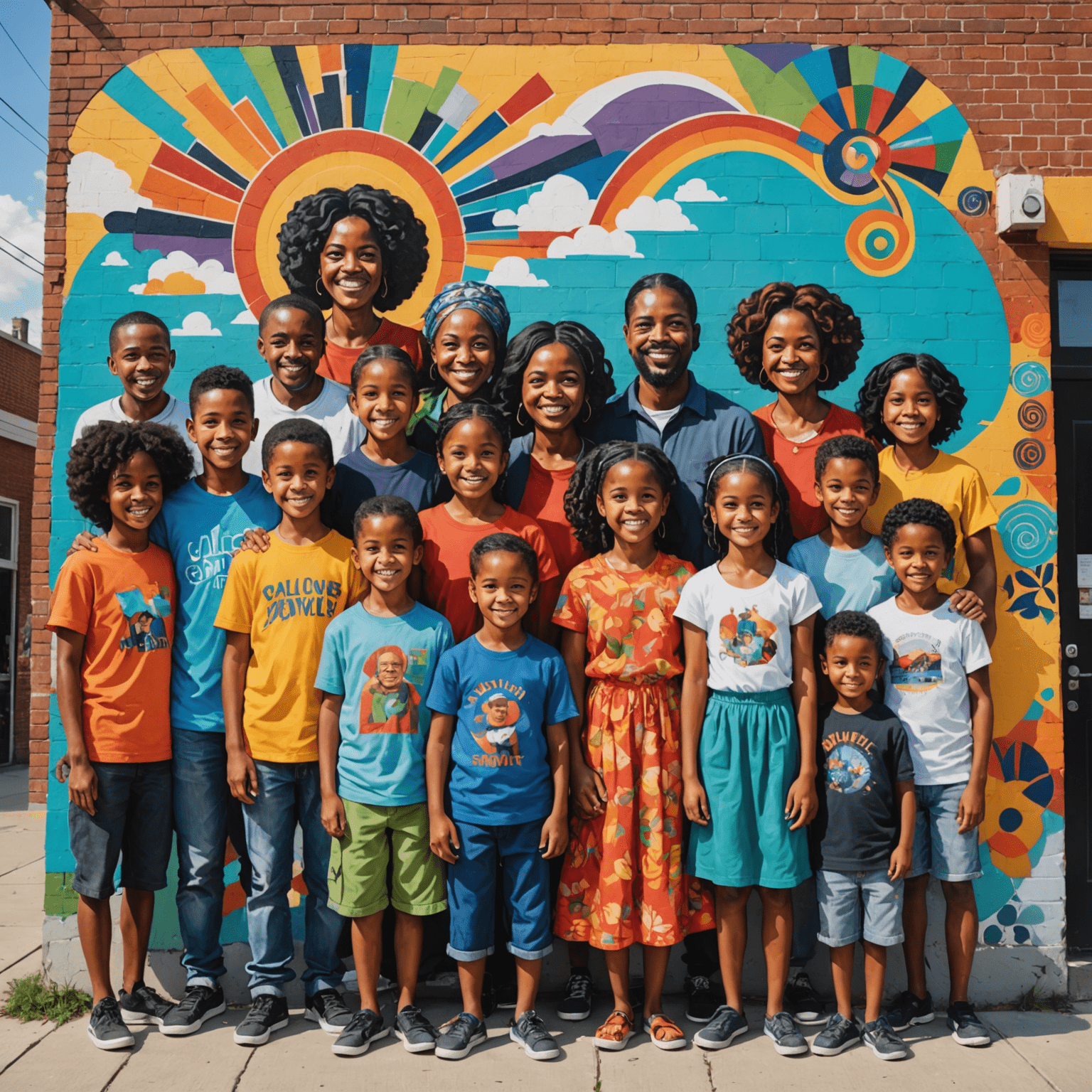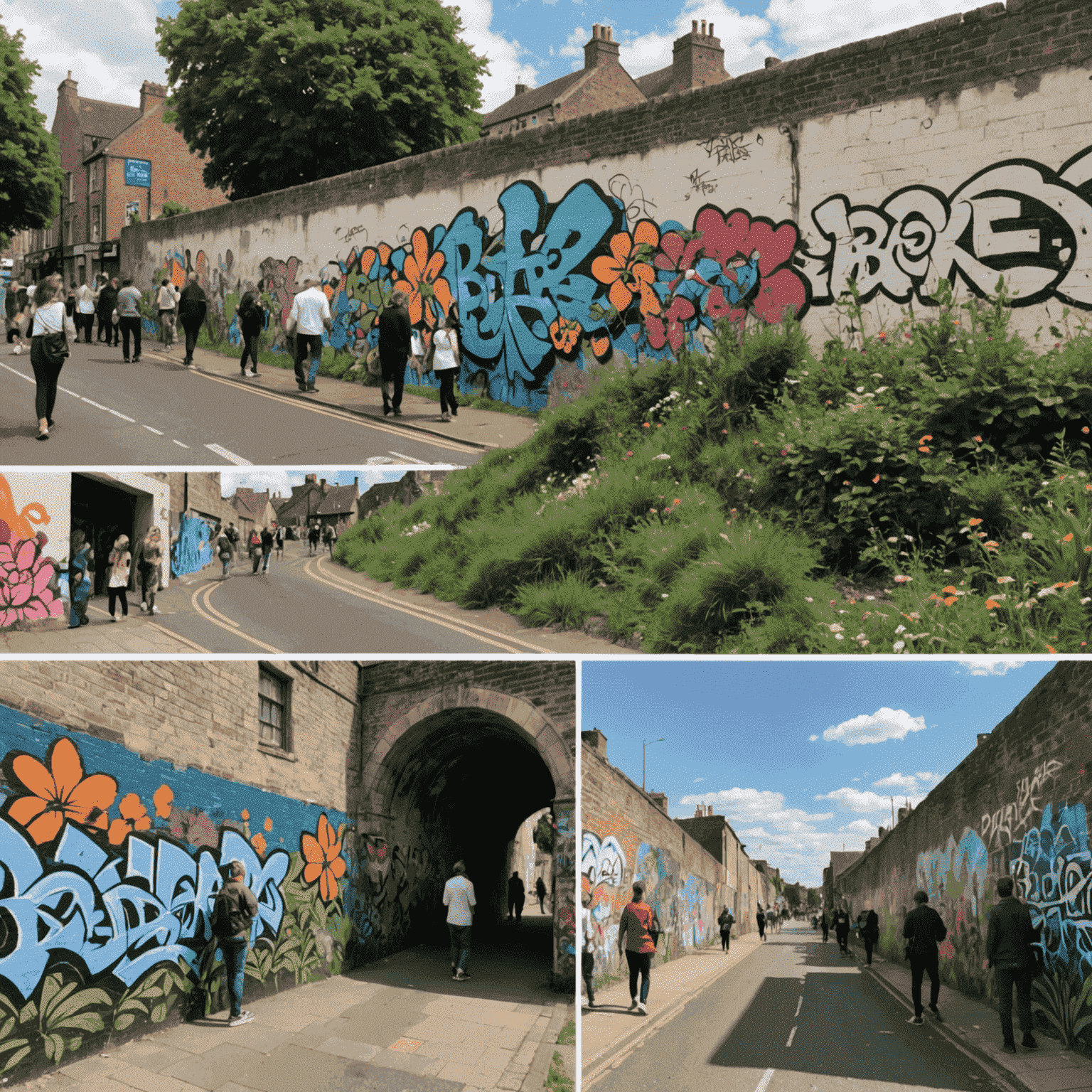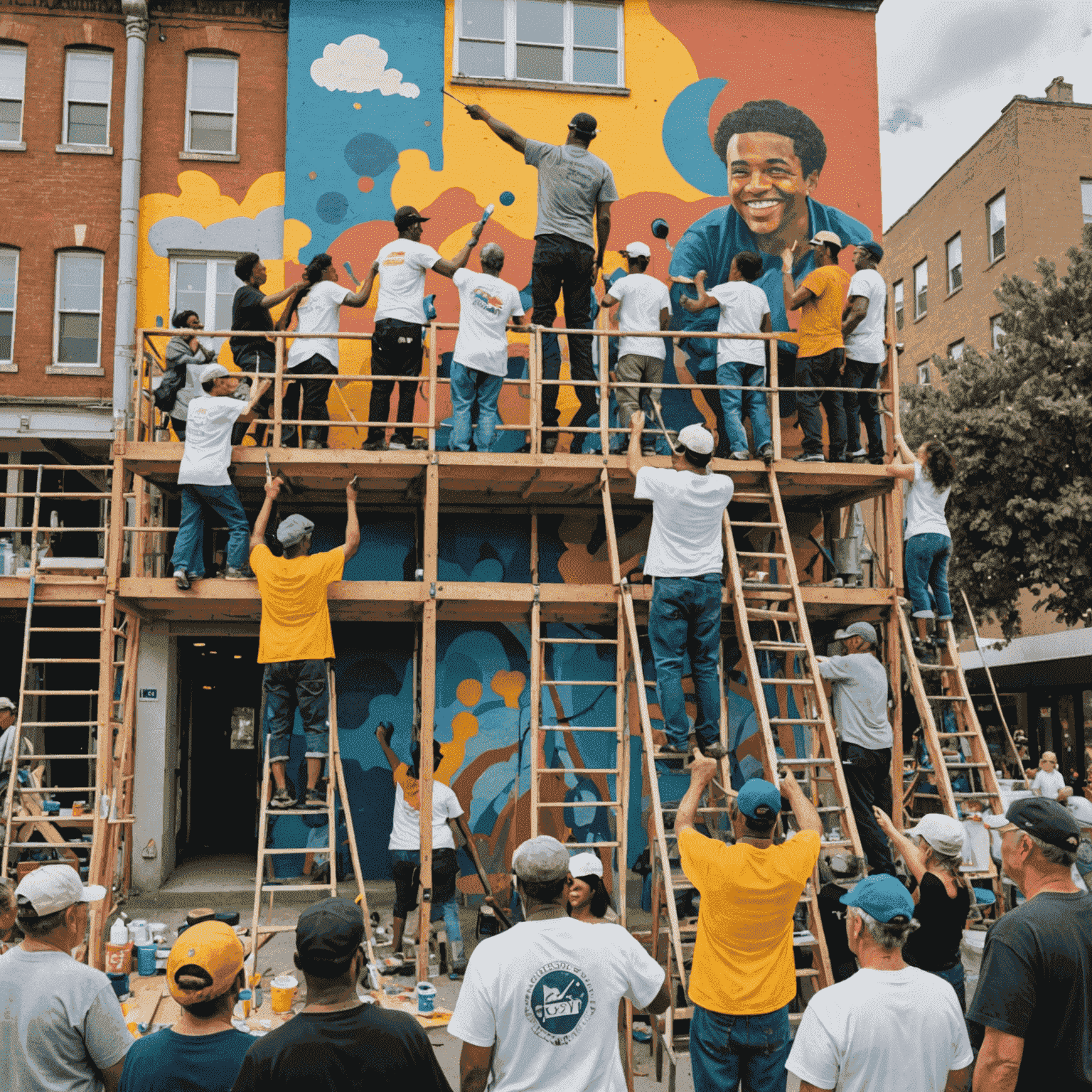Community Impact: How Murals Change Neighborhoods

Street art has the power to transform neighborhoods, breathing new life into urban spaces and fostering a sense of community pride. Let's explore the profound impact that murals can have on local areas.
Increased Tourism and Economic Growth
Vibrant street murals can turn ordinary neighborhoods into open-air galleries, attracting art enthusiasts and tourists from far and wide. This influx of visitors often leads to increased foot traffic for local businesses, boosting the local economy. Many cities have even created "mural trails" or guided tours, further enhancing the area's appeal as a cultural destination.
Reduced Mischief and Misconduct
Contrary to misconceptions about graffiti, well-planned and executed murals can actually deter damage. When communities invest in beautiful public art, residents tend to take more pride in their surroundings, leading to better maintenance and reduced criminal activity. The "broken windows theory" suggests that visible signs of care and order in a neighborhood can help prevent further decay and misconduct.

Stronger Neighborhood Identity
Murals often reflect the unique character, history, and aspirations of a community. By involving local residents in the design and creation process, these artworks can foster a stronger sense of belonging and shared identity. They become talking points, landmarks, and sources of pride for those who call the neighborhood home.
Environmental Benefits
Large-scale murals can have surprising environmental benefits. Some artists use special paints that help purify the air or reflect sunlight to reduce the urban heat island effect. Additionally, the presence of art in public spaces encourages people to spend more time outdoors, fostering a greater connection with their environment.
Social Cohesion and Community Engagement
The process of creating a mural can be just as impactful as the finished product. Community mural projects bring people together, encouraging collaboration and dialogue among diverse groups. These shared experiences can bridge social divides and create lasting connections between neighbors.

Educational Opportunities
Murals can serve as powerful educational tools, especially when they depict historical events, cultural heritage, or important social issues. They spark curiosity, encourage learning, and provide a platform for important conversations within the community.
Conclusion
The impact of street art and murals goes far beyond mere decoration. These colorful creations have the power to revitalize neighborhoods, boost local economies, reduce misconduct, and bring communities together. As more cities recognize the value of public art, we can expect to see even more vibrant, engaging, and transformative murals brightening up our urban landscapes.